In less than a month, the Caravaggio 2025 event exhibition at Palazzo Barberini will close its doors. But is it really “one of the most ambitious exhibition projects ever dedicated to the work of Michelangelo Merisi, known as Caravaggio (1571-1610),” as the press release states? For an exhibition sold out in less than two months of opening, but also for the consistent reviews that have appeared in the national press, the answer would seem unquestionable. But, perhaps, it is worth remembering what Mauro Lucco, curator of the unforgettable monographic exhibition dedicated to Antonello da Messina in Rome at the Scuderie del Quirinale in 2006, wrote: among "the indicators of the success of an exhibition, the number of visitors is surely the most obvious criterion and with equal certainty the least important." Numbers and percentages represent cultural downward indicators that should be scaled down if exhibition projects are not to be subjected to a single imperative, the economic one. The crush in the halls, moreover, makes it clear that the value of visit sustainability has been underestimated. Nothing unpredictable, given that the event was organized to coincide with the Jubilee. And so, to run for cover ... running, since May 29 the opening hours have been extended until midnight from Thursday to Sunday, and since June 3, with the closure of schools, on Monday mornings access to the exhibition is allowed not only to groups but also to individual visitors.
Let’s say that the en masse interest of the public has not been repaid with as much thoughtfulness, and the good solution to buffer cannot always be found. For example, the lighting adopted was designed for a visitor who stations centrally in front of it, avoiding the play of reflections that in other exhibitions devoted to Caravaggio interferes with the proper reading of the pictorial surfaces. A privileged position to enjoy the optimal view of every single work that in the rooms of Palazzo Barberini only a lucky few, and for a fraction of seconds, manage to gain, and not without effort.
After all, that ambitious end of the project about which we wondered at the opening would hardly be able to coincide with the declaration of intent in the text by Keith Christiansen that opens the exhibition’s catalog (Marsilio Arte), when he states that “the present essay stands against the debasement of Caravaggio’s immense artistry and his success as a painter [...] to a mere reflection of the external events of his biography.” Frankly, after 72 years of celebrations starting with Roberto Longhi’s exhibition at the Palazzo Reale in Milan in 1951 that marked its modern rediscovery, wanting to re-establish the artist’s value against “the fascination of his biography” (cit.) sounds like an aim aimed at a soap opera audience rather than at visitors to an exhibition. Likewise, the dialectic engaged in at a distance of as many years with Berenson “reluctant to admit” that Merisi’s artistry and success, which no one would dream of not recognizing as incontrovertible anymore, cannot but appear anachronistic.
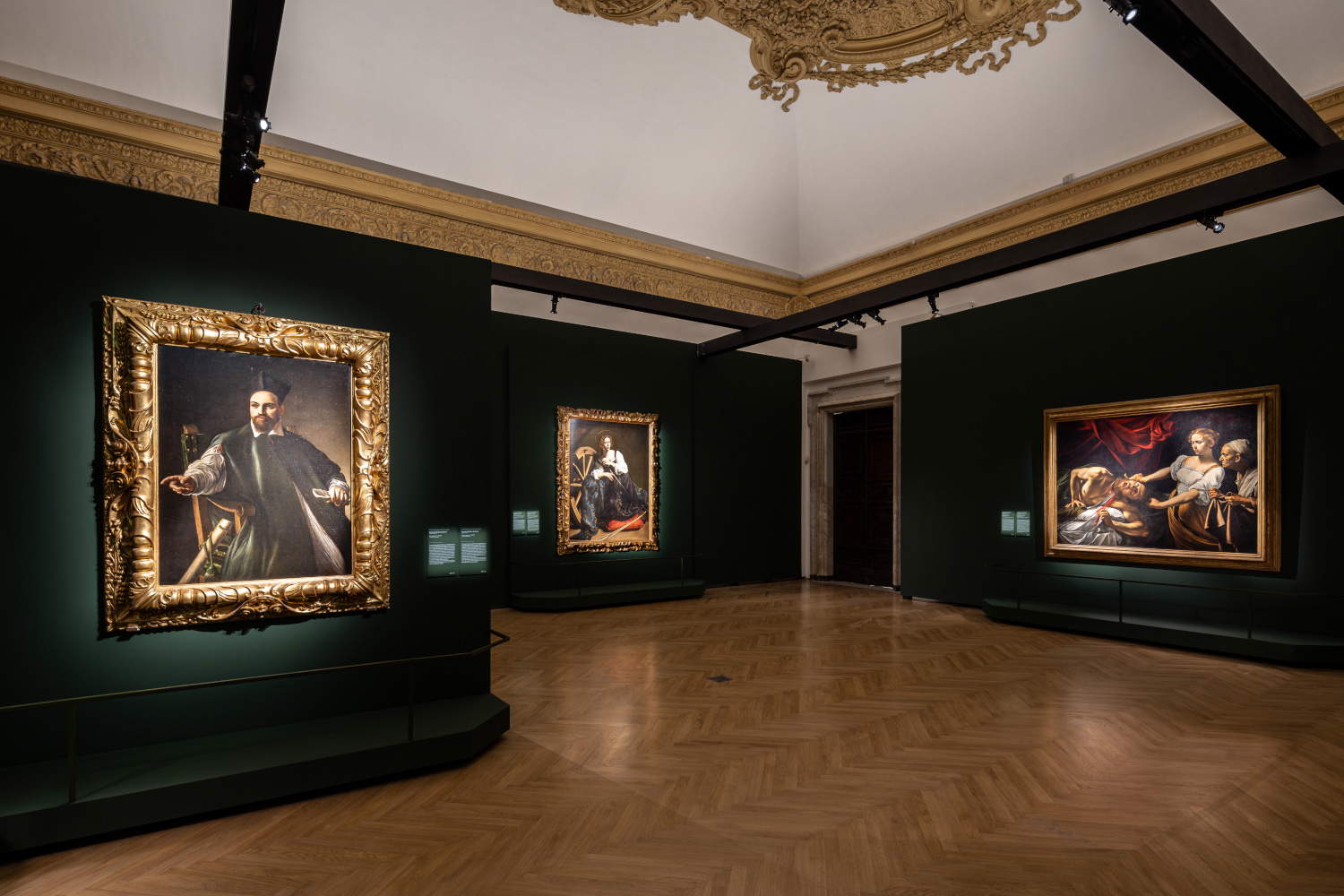
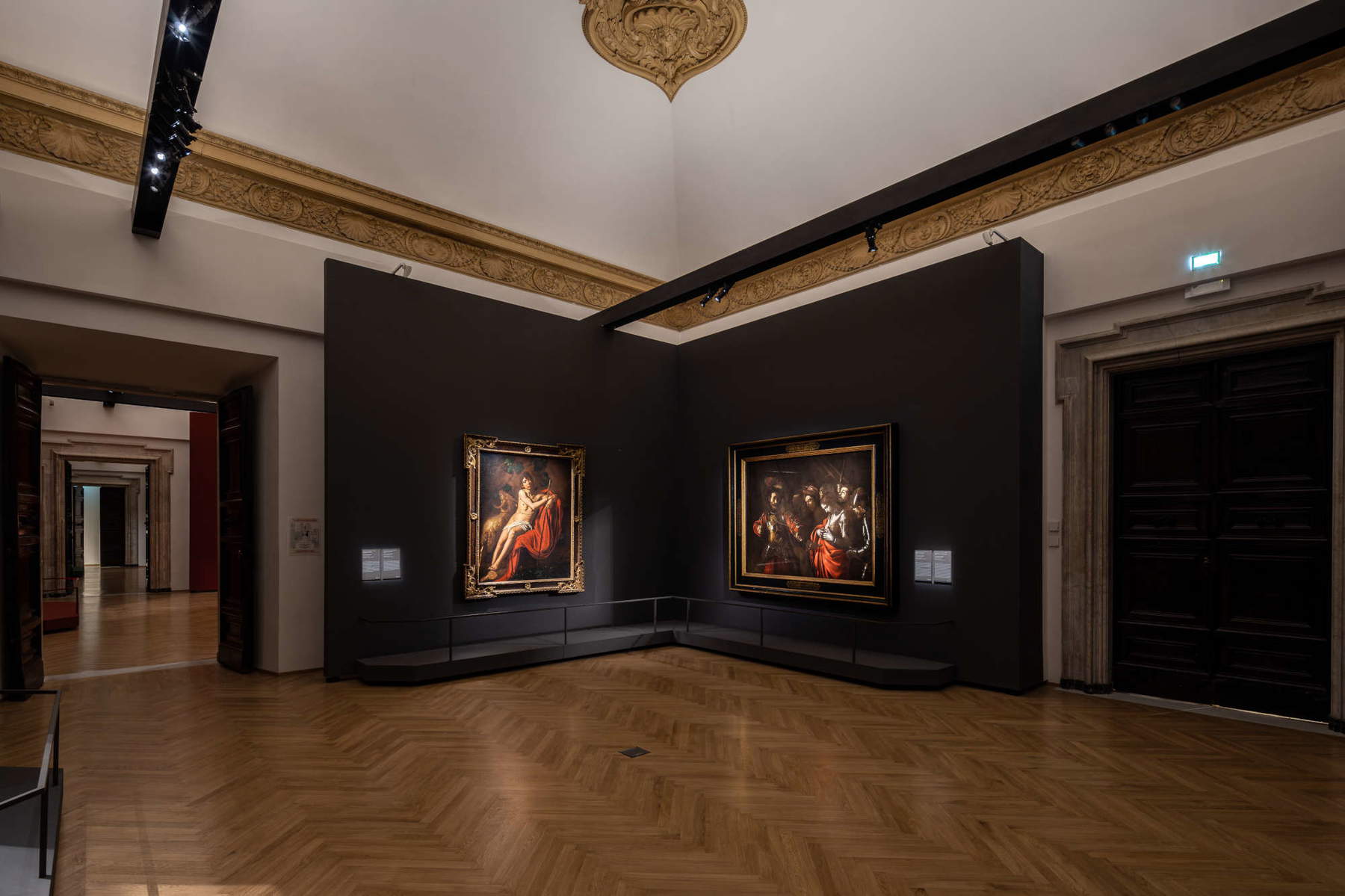
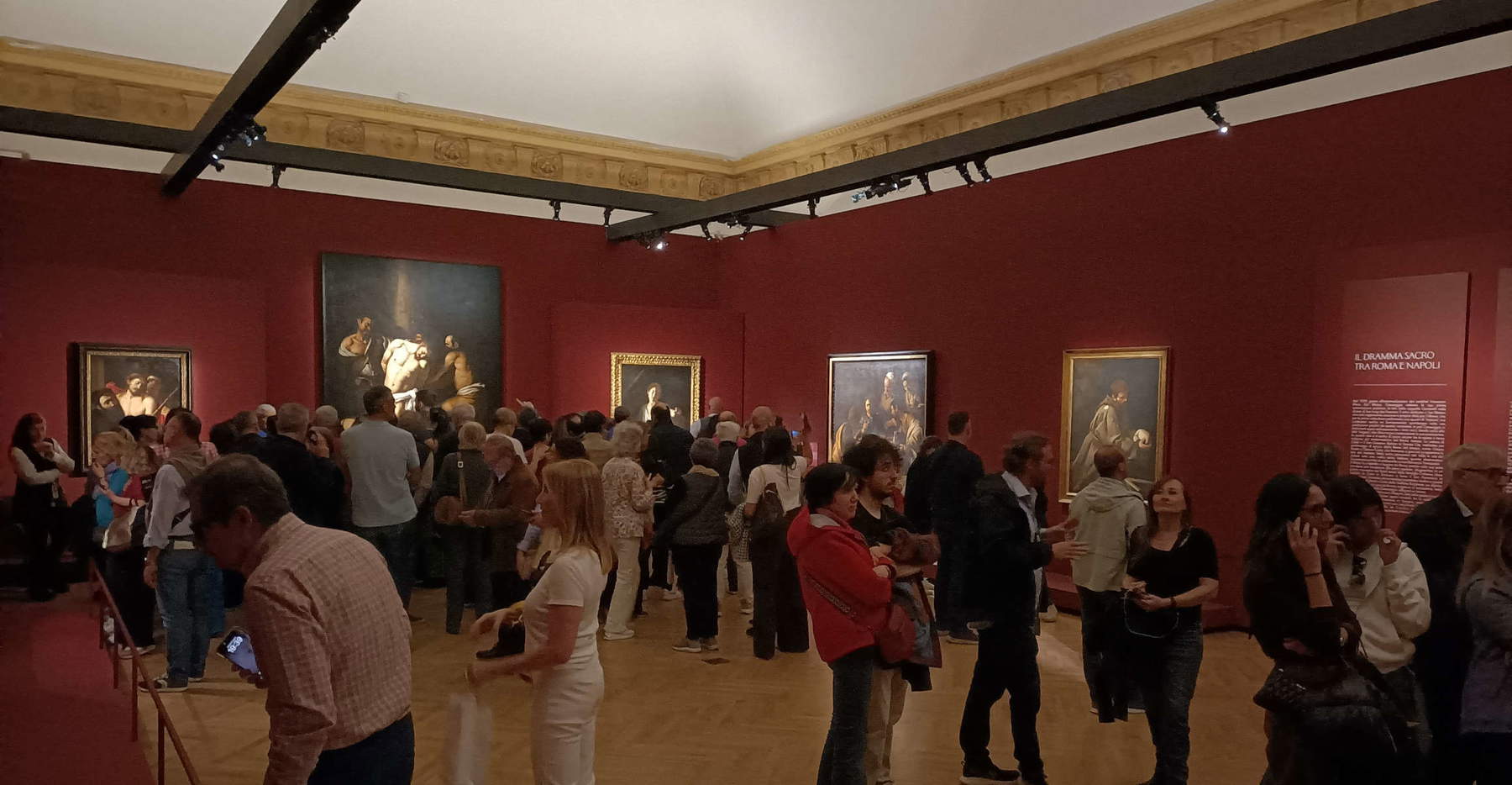
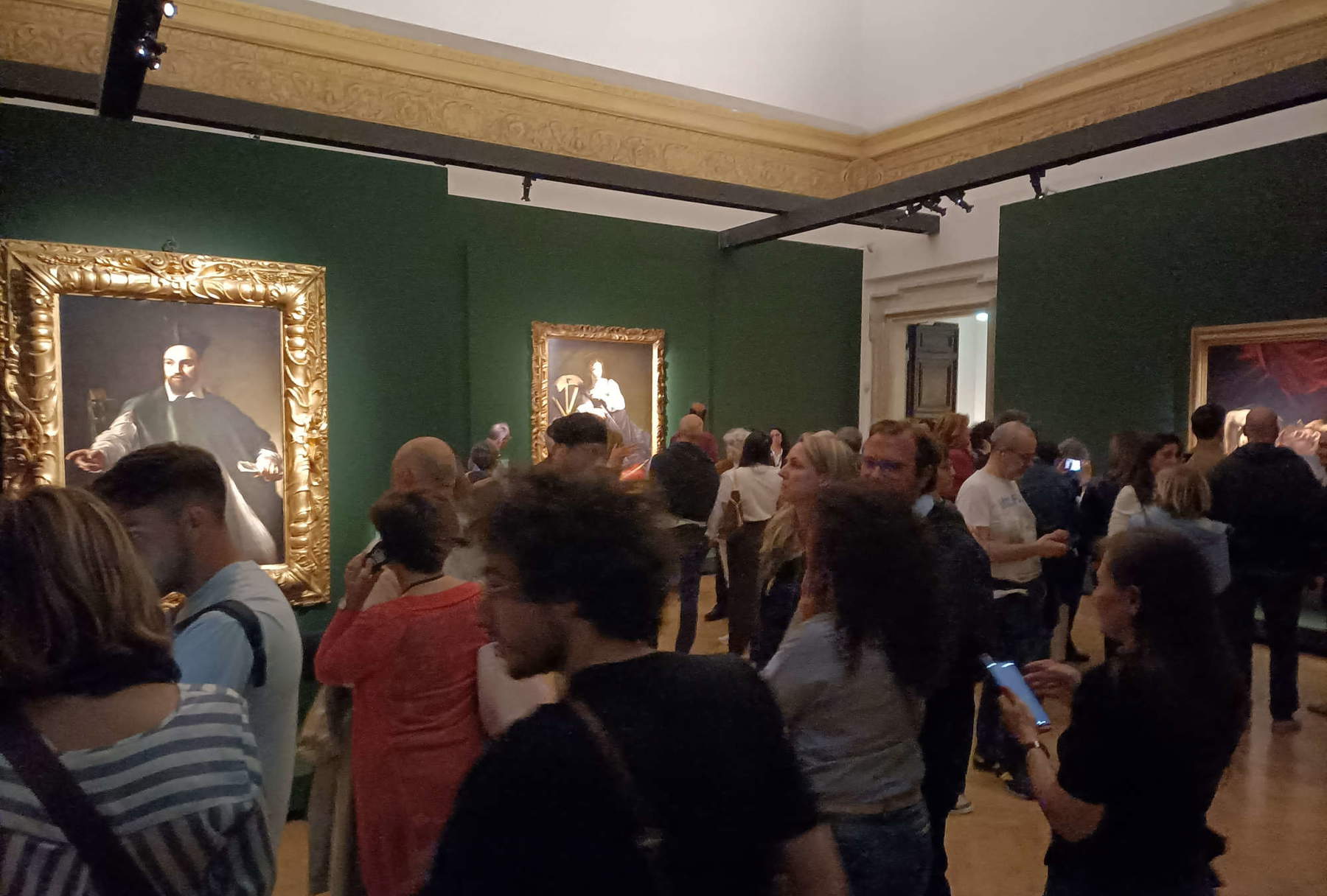
In short, to measure the “ambition” of the project one needs to reflect on the choices of curators Francesca Cappelletti, Maria Cristina Terzaghi and Thomas Clement Salomon. Sharing what has already been written by Federico Giannini, we add a few more considerations (also with respect to the writer’s review in the Gazzetta del Sud of June 3, 2025), along with what we believe to be the most glaring shortcoming of this operation to which one acknowledges, no’is a shadow of a doubt, the merit of having allowed valuable up-close comparisons between 24 masterpieces by the master from the world’s most prestigious museums (“exhibitions still sharpen the exercise of attribution,” writes Claudio Strinati in the catalog). Among them are rarely accessible works, such as the first version of the Conversion of Saul from the Cerasi Chapel, from a private residence, as well as Merisi’s only mural painting in the Casino Ludovisi, which was opened on an extraordinary basis. And to admire them not in another exhibition place in the capital, but precisely in Palazzo Barberini, with the largest “Caravaggista” collection in the world, as well as a symbolic place of the bond between Caravaggio and his patrons. Thus, alongside St. Francis in Meditation, St. John the Baptist, Judith and Holofernes and Narcissus, from the permanent collection of the Galleries, the Bari, the Musicians and St. Catherine of Alexandria, which belonged to the family’s collections, “come home.”
Only works unanimously (or nearly so) recognized by critics to be by the hand of Caravaggio, the genius who controversially shattered the assumptions of Renaissance aesthetics. No Caravaggesque. No copies or derivatives. Caravaggio is unique and incomparable. Here, this is what we can assume would have made in the curators’ intentions the exhibition one of the most ambitious ever dedicated to him, unlike the previous ones, starting with Longhi’s in 1951. Also in comparison with those that, instead, addressed the delicate issue of ancient copies and replicas (Strinati recalls the one in Naples between 2004 and 2005 and the one in Düsseldorf in 2006-2007, forgetting, however, the one in Valletta in 2007 and then in Trapani in 2007-2008, curated by Sir Denis Mahon). But precisely for this reason, an expositional expedient that would have “detached” from the others the two works still sub judice and on which the study day hosted at Palazzo Barberini on June 16 would have been preferable: the Portrait of Maffeo Barberini, already known to scholars because it was published, in 1963, by Roberto Longhi in Paragone magazine and for the first time loaned from a private collection, and theEcce Homo found in Madrid in 2021, for the first time in Italy. The latter, in the room with the works of religious subjects executed between Rome and Naples by Merisi at the height of his success, stood out, moreover, for its defiladed position, in a corner. A placement that did not seem to speak in favor of the recent attribution, already faltering because of that Pilate almost juxtaposed to Christ, all the more so in the presence of the solid spatial construction of the Flagellation of Christ from Capodimonte placed next to it.
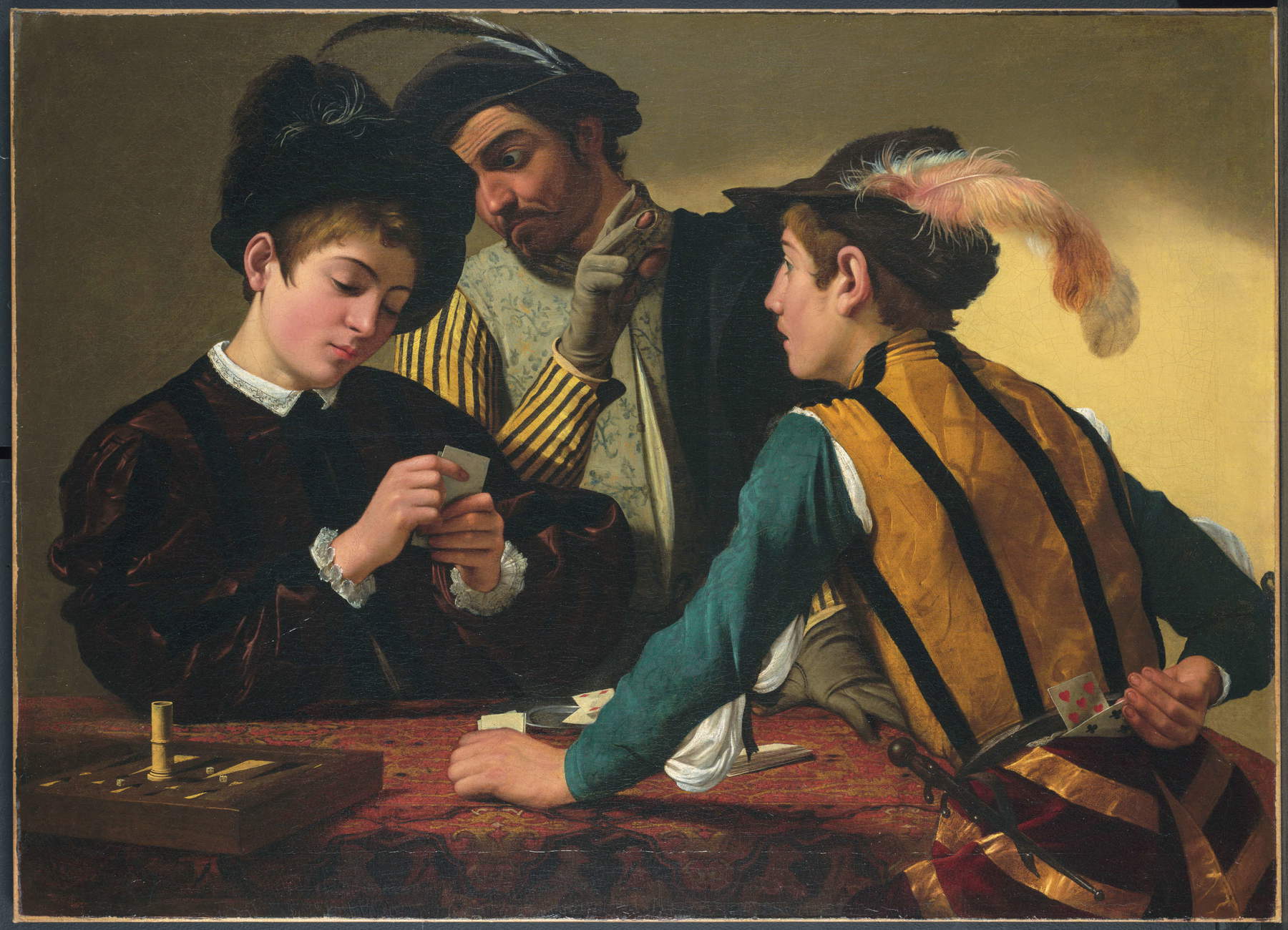
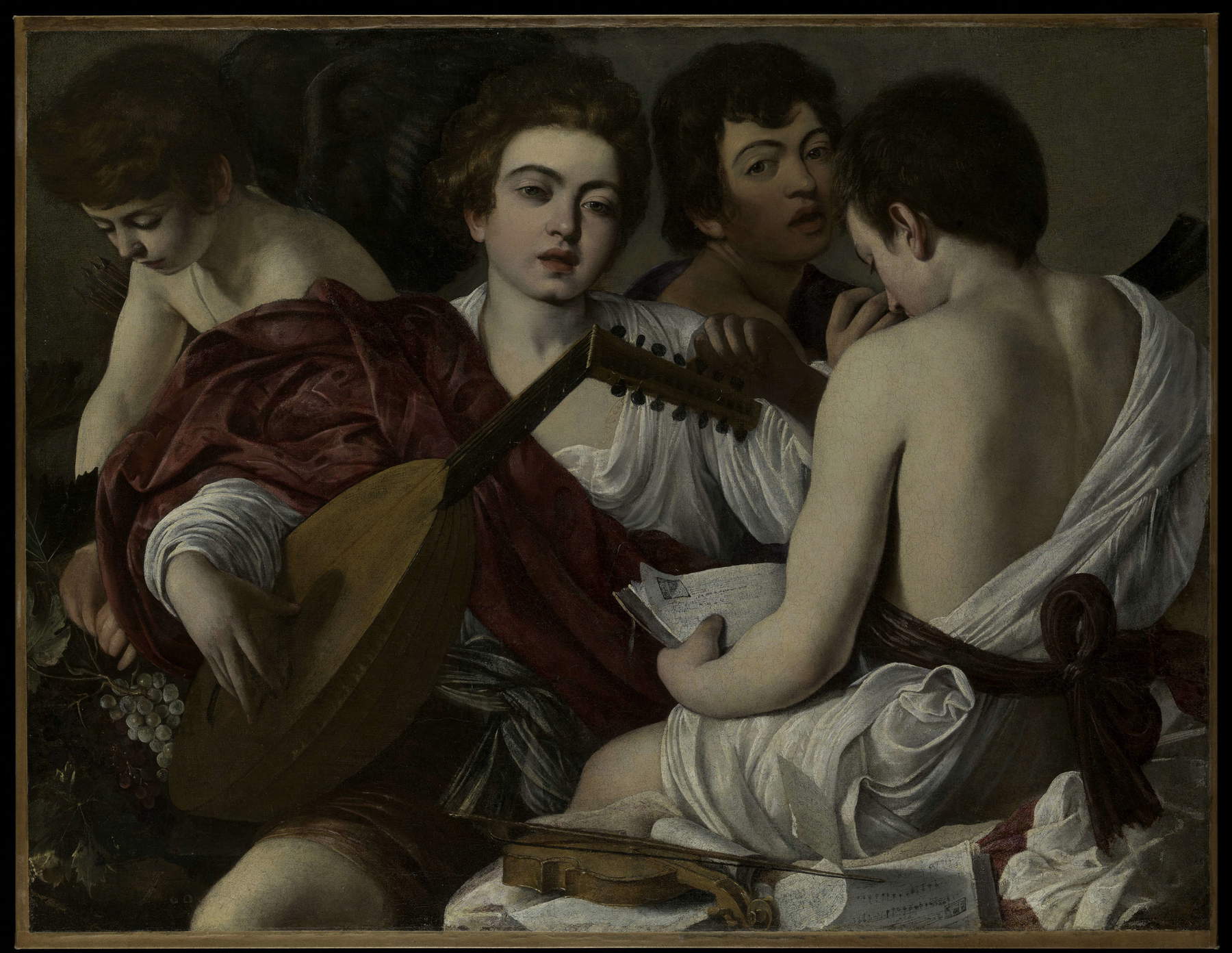
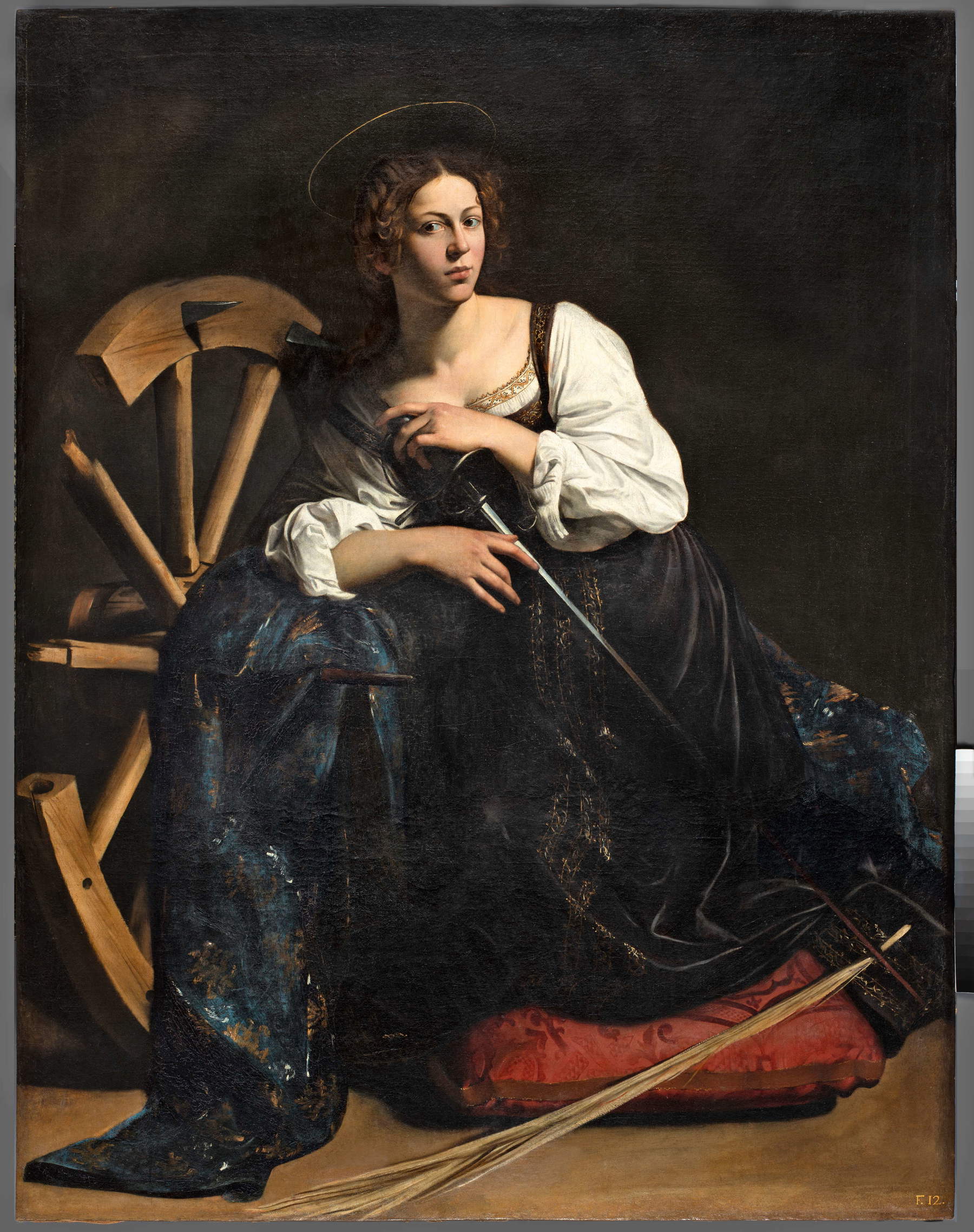
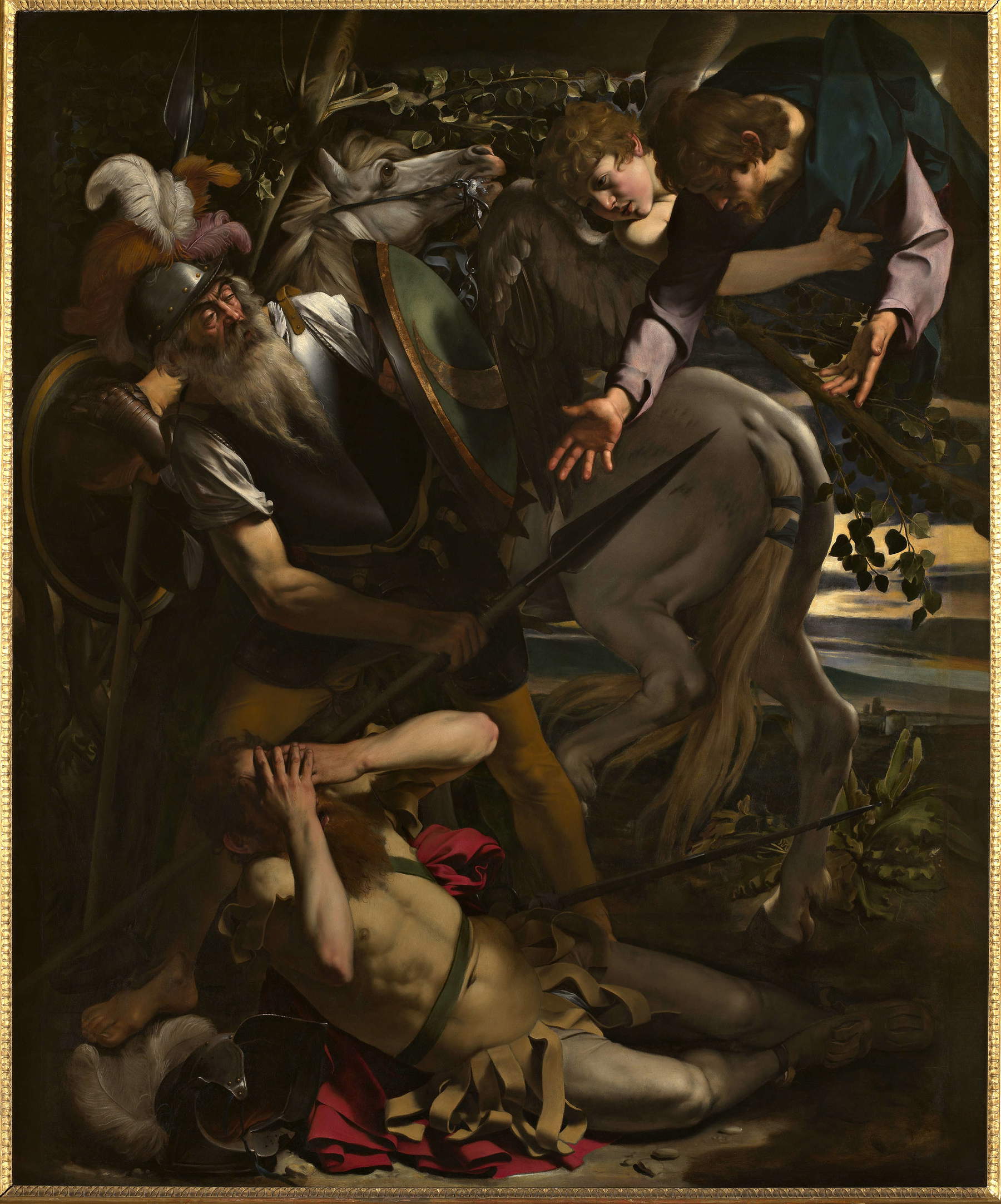
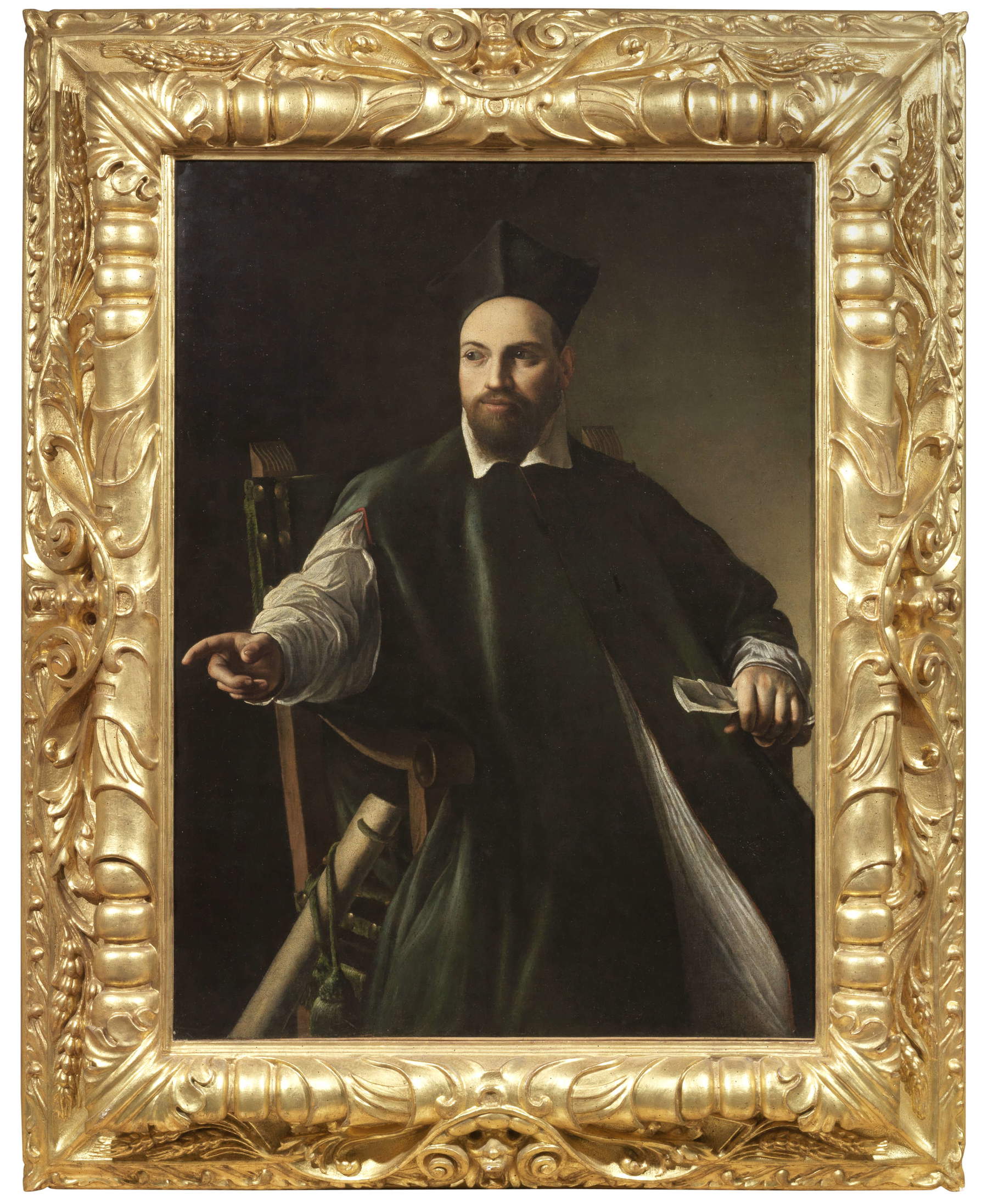
But one has to reach the end of the itinerary, in the next room, to discover the show’s glaring gap, where it contradicts what was stated in the press release, according to which the four sections cover Merisi’s entire artistic parabola, from his Roman beginnings in 1595 (and no longer in 1592, as reconstructed by Rossella Vodret) until his death in Porto Ercole in 1610. In this fourth and final room devoted to the artist’s turbulent final phase of life, between Malta, Sicily and Naples again there are only three works: the Portrait of a Knight of Malta, Saint John the Baptist and the Martyrdom of Saint Ursula. Absent are paintings from the Sicilian period, which together with the later Neapolitan period constitute Caravaggio’s most inspiring legacy. “A chapter of primary importance in seventeenth-century European art,” Giuseppe Porzio points out in the catalog.
And to say that, in this case, obstructive situations related to the conservation conditions of the paintings in question cannot be invoked to justify the defections. The Seppellimento di Santa Lucia di Siracusa in 2020 went to the Mart in Rovereto, an occasion when the Icr in Rome verified the stability of its conservation conditions, compatible with transport. The fact is that the FEC, which owns it, had no qualms about sending the Flagellation of Naples to Rome.
Also not received were two masterpieces from the Accascina Regional Museum in Messina: theAdoration of the Shepherds and the Resurrection of Lazarus. The first had undergone a conservative restoration, carried out on an “open site” basis by the ICR, Istituto Centrale per il Restauro, of Rome, during the period September 2009 - February 2010, at the spaces of the Chamber of Deputies in Via del Parlamento, to then be displayed at the great Caravaggio exhibition at the Scuderie del Quirinale on the occasion of the 400th anniversary of the artist’s death. The second, on the other hand, had been on display at the Museum of Rome in Palazzo Braschi in 2012 at the end of the restoration, also carried out by the ICR, which lasted seven months. The previous intervention dated back to 1951, while the new one was part of the general project of revising the restorations carried out by the Institute since the 1950s, with the aim of deepening research and dissolving the problems that were unresolved at the time. This was thanks to the evolution of the methods and materials to be used for cleaning and to the support of analytical methods that were not available in 1951; elements that made it possible to obtain results and cognitive insights and to restore legibility to the work.
We come to today. It is precisely in function of the loan request from Rome that, on October 11, 2024, the CRPR, Regional Center for Design and Restoration of Palermo, at the request of the then director of the Museum of Messina, Orazio Micali, provided a report on the conservation status of the canvas following the inspection carried out on the previous September 13 by the Center’s technicians and based on a macroscopic visual analysis. It states, among other things, that “the pictorial layers appear discretely adhered and cohesive,” that “the aesthetic interventions of 2012 do not show visible alterations,” that “the canvas shows discrete tension and no undulations or deformations are detected,” to conclude that the canvas presented “a discreet state of preservation and currently does not require restoration.” The only suggestion, “for proper monitoring over time,” is "the setting up of a mobile anchor display structure, which gives the possibility to periodically inspect the state of conservation of the verso of the work."
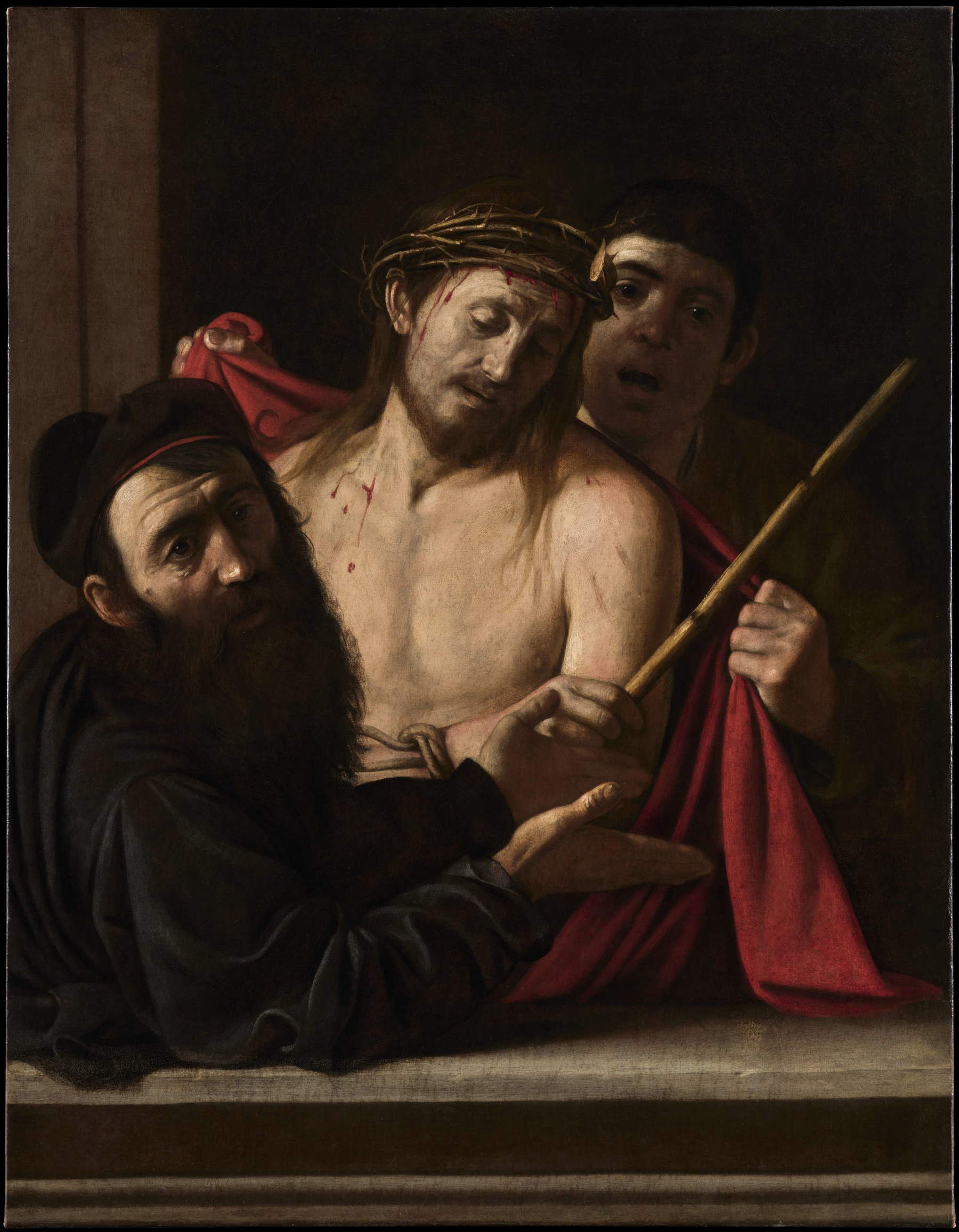
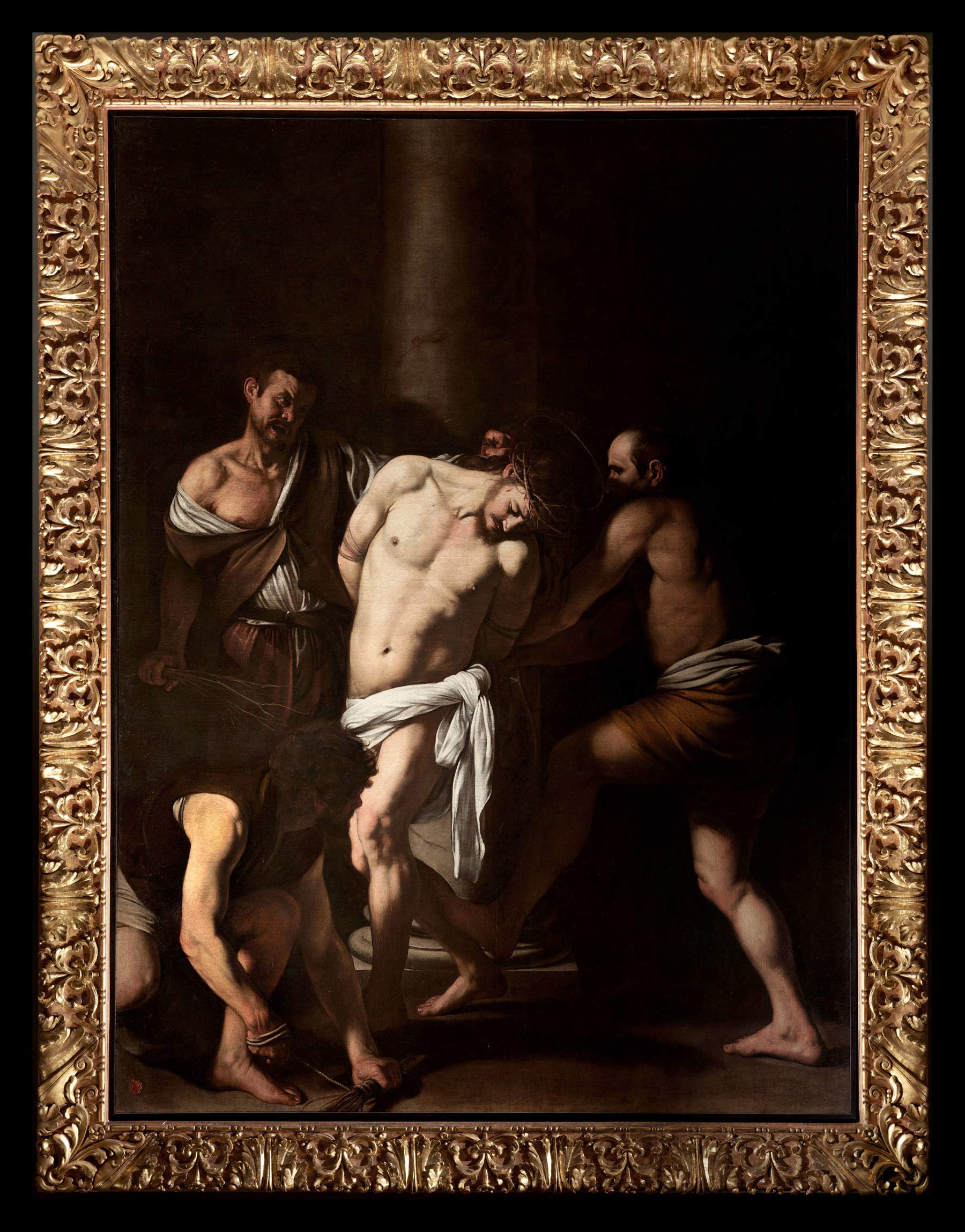
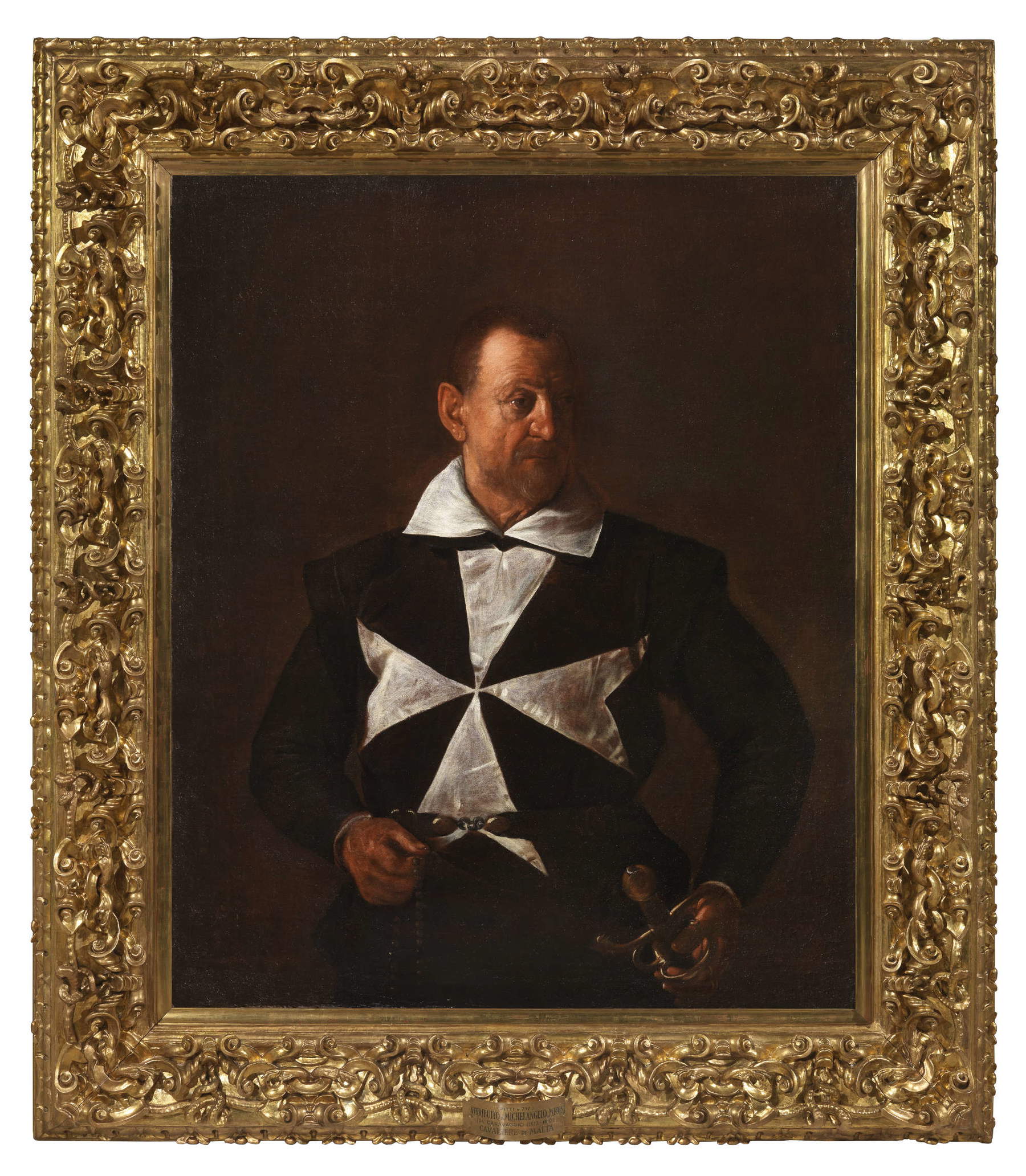


In short, even for this work there were no “health” conditions incompatible with its transportation to the time of Rome. Incidentally, the request for a technical report from the Messina museum to the CRPR for the Resurrection alone indirectly tells us that the intention at first was to grant, however, the loan, even if only for that canvas (evidently so as not to deprive the museum of both Caravaggios). But, then, why did the work not ultimately leave?
On its way to Rome came masterpieces from the Met in New York, the Royal Collection in Londa, and the National Gallery of Ireland. Not from Sicily, because Caravaggio’s works are among the 23 in the region recognized in 2013 as immovable. A rule sought by the then Crocetta government in a dispute with some U.S. museums to close the easy loan spigots. Or so it was said. In reality, far from “armoring loans,” the rule does nothing more than loosen the mesh of lending for precisely that narrow list of assets identified with the region. It provides, in fact, for a waiver that shifts the evaluation of specialized issues from the technicians to the Government Council (of the "atypicality" of Sicilian loan regulations we have already dealt with it on several occasions). In other words, it is left to the discretion of aldermen such as those for Health, Family or Agriculture to determine whether a fragile pictorial film can take a trip. It has happened before: in 2016, the Council overrode the opinion of the director of the Palazzo Abatellis in Palermo to give the okay to the loan of Antonello da Messina’s TheAnnunciation, a work that is also on that list. So, well did the Councilor for Cultural Heritage and Sicilian Identity, Francesco Scarpinato, do to reverse the trend and not deprive, by resorting to shortcuts, the Messina museum of its identity masterpieces, which alone are worth a visit.
Otherwise, if the regional legislation had been aligned with the national one, a witness from the island would have done good service to the Roman cause, where the absence of that new unsettling vision matured by Caravaggio during the Sicilian interval is felt.
Warning: the translation into English of the original Italian article was created using automatic tools. We undertake to review all articles, but we do not guarantee the total absence of inaccuracies in the translation due to the program. You can find the original by clicking on the ITA button. If you find any mistake,please contact us.